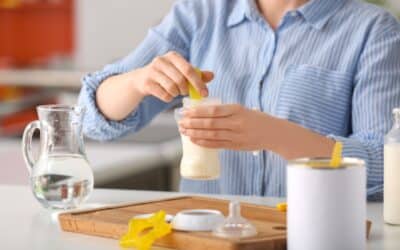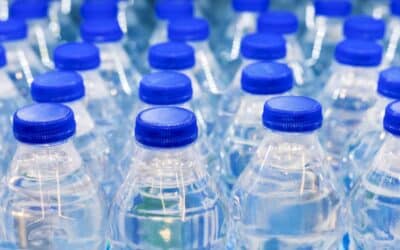Ensuring the healthiest choice of water for your infant is essential for their growth and well-being. The options can often be overwhelming, as both distilled and purified water are considered excellent options for formula preparation or drinking.
In this blog post, we will help you make the best decision by discussing the key factors to consider when choosing the right type of water for your infant.
We will also explore the differences between distilled and purified water, as well as the guidelines for safely preparing infant formula. By making informed decisions as a parent, you can help your infant achieve optimal health and thriving development.
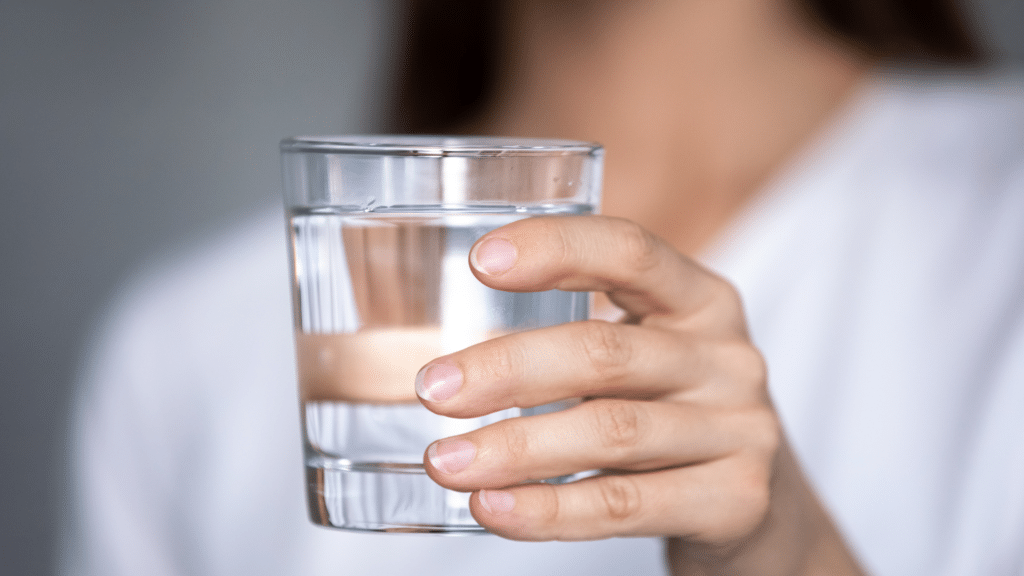
Distilled Water: Production Process
Distilled water is a type of purified water that undergoes a specific process to remove impurities and contaminants. Here, we will discuss the distillation process, the purity and mineral content of distilled water, and the taste and potential impact on infant preference.
The distillation process involves the following steps:
- Heating water: Water is heated until it reaches boiling point and turns into steam. As the water evaporates, impurities such as salts, heavy metals, and other non-volatile contaminants are left behind in the boiling chamber.
- Collecting water vapor: The steam is then collected and separated from the impurities. The purified water vapor rises and is directed to a cooling unit, where it condenses.
- Condensation: The purified water vapor cools down and reverts to a liquid state, forming distilled water.
- Collection: The condensed, purified water is collected in a separate container, leaving the unwanted impurities behind.
Minerals, Taste, and Impact on Infants
Though distilled water is purified, it’s worth noting that the distillation process removes not just harmful contaminants, but essential minerals as well, potentially impacting the overall nutrient intake of the baby.
Moreover, distilled water has a flat taste due to the absence of minerals, which might influence the child’s preference when it comes to drinking distilled water.
Purified Water: Production Process
Purified water undergoes a treatment process designed to remove various impurities, including chemicals, particles, and microorganisms. There are several methods available for purifying water.
- Distillation: Water is heated until it turns into vapor, then subsequently cooled in a separate container. This process removes most impurities and dissolved salts.
- Reverse Osmosis: Water is forced through a semi-permeable membrane, which filters out impurities. This method is commonly used in residential and commercial settings.
- UV Treatment: Ultraviolet radiation is applied to water, effectively destroying microorganisms and pathogens. This method does not, however, remove chemical contaminants and heavy metals.
- Activated Carbon Filtration: Contaminated water passes through a carbon filter, which attracts and traps impurities. Depending on the filter type, both particles and unwanted tastes or odors are removed.
- Ion Exchange: Water flows through a bed containing ion-exchange resins, which capture ions like calcium, magnesium, and other heavy metals, reducing the water’s hardness.

Understanding the Production of Purified Bottled Water
Purified bottled water undergoes treatment processes to eliminate impurities, including particles, chemicals, and microbes. Here, we detail the various purification methods:
- Distillation: This method involves heating water until it vaporizes, and then subsequently cooling the steam in a different container to get purified water. The distillation process eliminates the majority of impurities and dissolved salts.
- Reverse Osmosis: Here, water is pressurized and forced through a semi-permeable membrane, filtering out hidden impurities. Reverse osmosis is a common practice both in residential and commercial settings.
- UV Treatment: Ultraviolet radiation is deployed on the water, which efficiently destroys microorganisms and pathogens. Please note, this method does not eliminate chemical contaminants or heavy metals.
- Activated Carbon Filtration: This refers to the passage of unclean water through an active carbon filter, which attracts and traps the impurities. Depending on the filter type, this process can eliminate particles and unwanted tastes or odors.
- Ion Exchange: With this method, water passes through a bed containing ion-exchange resins. The resins capture ions such as calcium, magnesium, and other heavy metals, reducing the hardness of the water.
The production process of purified bottled water can vary, based on the purification method used, and the choice of method can influence the final product’s quality. Therefore, always check the product label to understand the type of purified bottled water you are purchasing.
Guidelines for Preparing Infant Formula
Preparing infant formula requires precision and adherence to hygiene principles for your infant’s optimal health and nutrition. The guidelines encompass considerations for safe water sources, eliminating any potential contaminants. They emphasize following the specific measurements and instructions on the formula packaging to ensure that your baby receives the intended nutritional benefits. Moreover, using appropriate water temperature to kill potential bacteria without destroying vital nutrients is crucial. Also, using sterilized feeding equipment is vital to prevent illness. By adhering strictly to these guidelines, parents can make certain of the safe and healthy consumption of formula by their baby, contributing to their well-being.
Safe Water Sources for Mixing Formula
When mixing infant formula, make sure to use a safe water source. There are three main options:
- Tap water: If your tap water is safe for drinking, you can use it for preparing your baby’s formula. Be sure to run the cold tap for a few seconds before collecting water to reduce potential lead exposure. Also, make sure the tap water is free of contamination and meets the local drinking water standards.
- Filtered water: Many people use filtered water to prepare infant formula, eliminating potential contaminants. When using a water filter, ensure it’s certified to remove contaminants and chemicals found in your area. Change the filter according to the manufacturer’s recommendation.
- Bottled water: If you choose to use bottled water, be sure it is low in mineral content, as high levels of some minerals can be harmful to infants. Read labels carefully and select water that is labeled as purified, demineralized, or distilled.

Importance of Following Instructions on the Formula Packaging
Formula packaging provides recommended information on the appropriate amount of water to be mixed with a specific quantity of formula powder or concentrate. Following these instructions closely guarantees the right balance of nutrients and hydration for your baby. Over- or under-diluting the formula could lead to an insufficient nutrient intake or dehydration.
Additionally, the packaging will provide guidance on the appropriate storage and shelf life of the formula, ensuring that your baby receives fresh, safe nourishment.
Water Temperature and Sterilization Methods for Safe Formula Preparation
Follow these guidelines to make sure formula preparation is safe and hygienic:
- Water temperature: The water you use for preparing the formula should be between 158°F (70°C) and 167°F (75°C) to effectively kill any bacteria present in the powdered formula. Before adding the formula, let the water cool down slightly to avoid destroying essential nutrients.
- Bottle sterilization: Before preparing the formula, sterilize the baby bottles, nipples, and other feeding equipment by boiling them in water for at least 5 minutes, using a microwave or electric sterilizer, or using approved sterilizing tablets.
- Preparing the formula: Boil fresh water and let it cool to the recommended temperature. Pour the necessary amount of heated water into the sterilized bottle and then add the required amount of formula powder or concentrate. Cap the bottle and shake it gently to mix the formula until it is dissolved completely.
- Testing the feed temperature: Before feeding your baby, test the formula’s temperature by placing a few drops on the inside of your wrist. It should feel warm, but not too hot.
In case of any doubts regarding water quality, distilled or purified water for babies, or concerns about too much fluoride in fluoridated water, consult your healthcare provider or pediatrician for the perfect formula type and safe preparation methods based on your baby.
Key Factors to Consider for Infants
When selecting a water source for infants, it’s crucial to consider some key factors. These considerations ensure their health and well-being during their early-life stages when their bodies are rapidly growing and developing.

Health and Dietary Factors Specific to Infants
Infants require particular nutrients and a well-balanced diet to ensure optimal development. It’s essential to provide this balance through safe and appropriate sources, such as breast milk, baby formula, and boiling water for hygiene purposes.
Mineral Content and Potential Benefits or Risks
Minerals like calcium, phosphorus, magnesium, iron, and zinc are vital for infants’ proper growth and development. However, excessive intake of certain minerals may lead to health complications. When using bottled distilled water or distilled water for babies, ensure you monitor and maintain a safe balance of these minerals.
Trace Minerals and Supplementation
Trace minerals such as iodine, copper, selenium, and manganese are required in small quantities to support infant growth and development. If needed, consult with a pediatrician before adding any supplementation to your infant’s diet to ensure adequate intake.
Impact on Infant Digestion and Hydration
Since infants have sensitive digestive systems, it’s crucial to opt for easily digestible food and drink options that avoid gastrointestinal issues while providing proper hydration. Regularly offer water, breast milk, or formula to keep infants well-hydrated.
Safety Factors
Infant food and products should adhere to high quality and safety standards. Pay attention to potential allergens, choking hazards, and food preparation methods to guarantee your infant’s food is safe for consumption.
Contaminants and Impact on Infant Health
Infants are more susceptible to contaminants in their food and environment. Be cautious of your infant’s food source, and minimize exposure to harmful substances like pesticides, heavy metals, and chemicals that can impact their health and development.
Microbial Safety (Bacteria, Viruses, etc.)
To prevent bacterial contamination and foodborne illnesses in infants, ensure proper food handling and storage. Prepare food in a clean environment, store it at the right temperature, and thoroughly wash your hands before handling your infant’s food and feeding them. This caution is especially important when choosing to drink distilled water or relying on safe water sources for mixing baby formula.
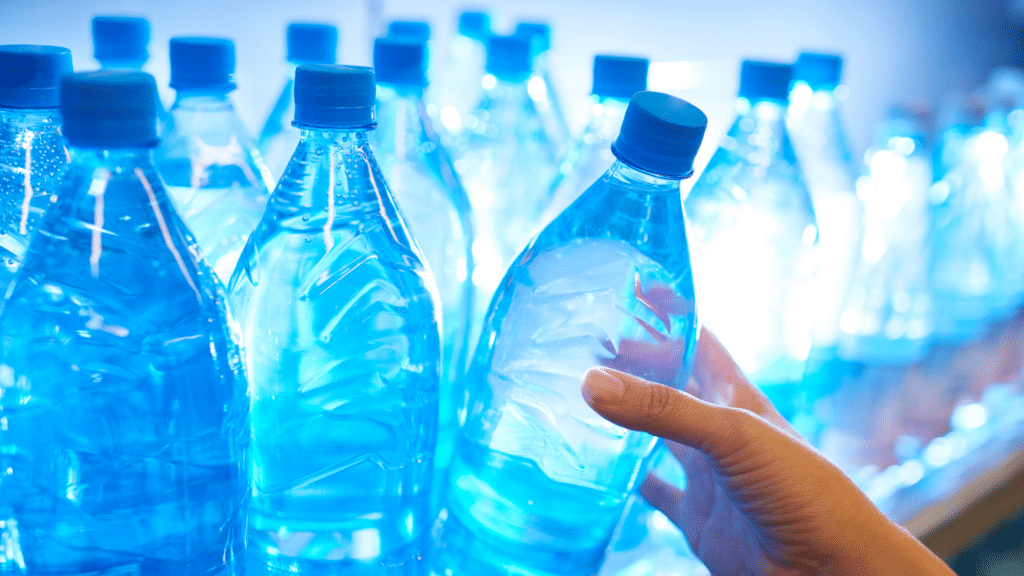
The Healthiest Choice: Recommendations
Breastfeeding is widely recognized as the best source of nutrition for infants up to six months of age, as it provides optimal nutrition and antibodies to protect against infections, allergies, and chronic diseases.
If breastfeeding is not possible, infant formula is designed to provide the necessary nutrients for infants. When choosing water sources for infants, especially for mixing with baby formula, it’s essential to pick the safest and most suitable options.
Here are some recommendations for water choices for infants, considering the importance of distilled water for babies:
Filtered Water
Using filtered water can remove potential contaminants and impurities, making it a safer choice for infants. If you choose to drink distilled water, ensure that it has met all safety requirements and guidelines too.
Boiled Tap Water
Boiling tap water for at least one minute kills harmful bacteria and parasites, making it suitable for infant consumption and a reliable option for mixing with baby formula.
Bottled Water (with caution)
Opt for bottled water brands with low mineral content since high amounts of certain minerals can be harmful to infants. Be sure to check the bottle’s label for information on mineral content and avoid brands with high sodium or fluoride levels.
Spring Water
Natural spring water with low mineral content can also be a good choice. As with bottled water, check the label for information on mineral content to ensure it is suitable for infant consumption.
Remember, always consult with your healthcare provider before introducing water or other liquids into your infant’s diet. They can provide specific recommendations based on your baby’s health, age, and needs.
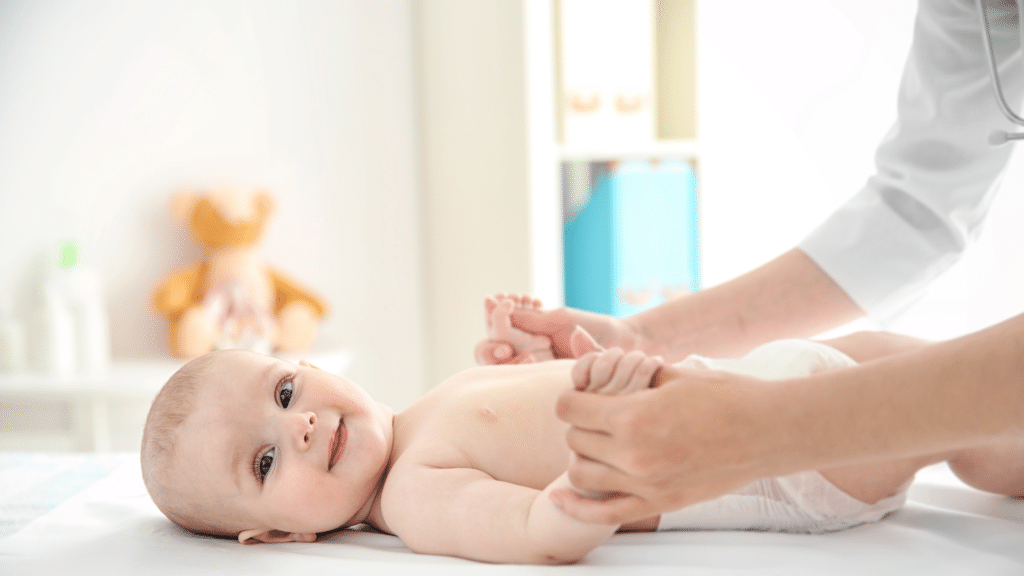
Conclusion
In conclusion, ensuring the healthiest choice of water for your infant is essential for their growth and well-being. Both distilled and purified water serve as excellent options for formula preparation or drinking.
However, it is crucial to consider factors such as mineral content, potential contaminants, and the specific needs of your infant before making a decision.
When in doubt, consulting with your pediatrician or healthcare provider is always the best course of action. By making informed decisions as a parent, you can help your infant achieve optimal health and thriving development.
Did this article help you? Please let us know! We’re always glad to hear your thoughts.

